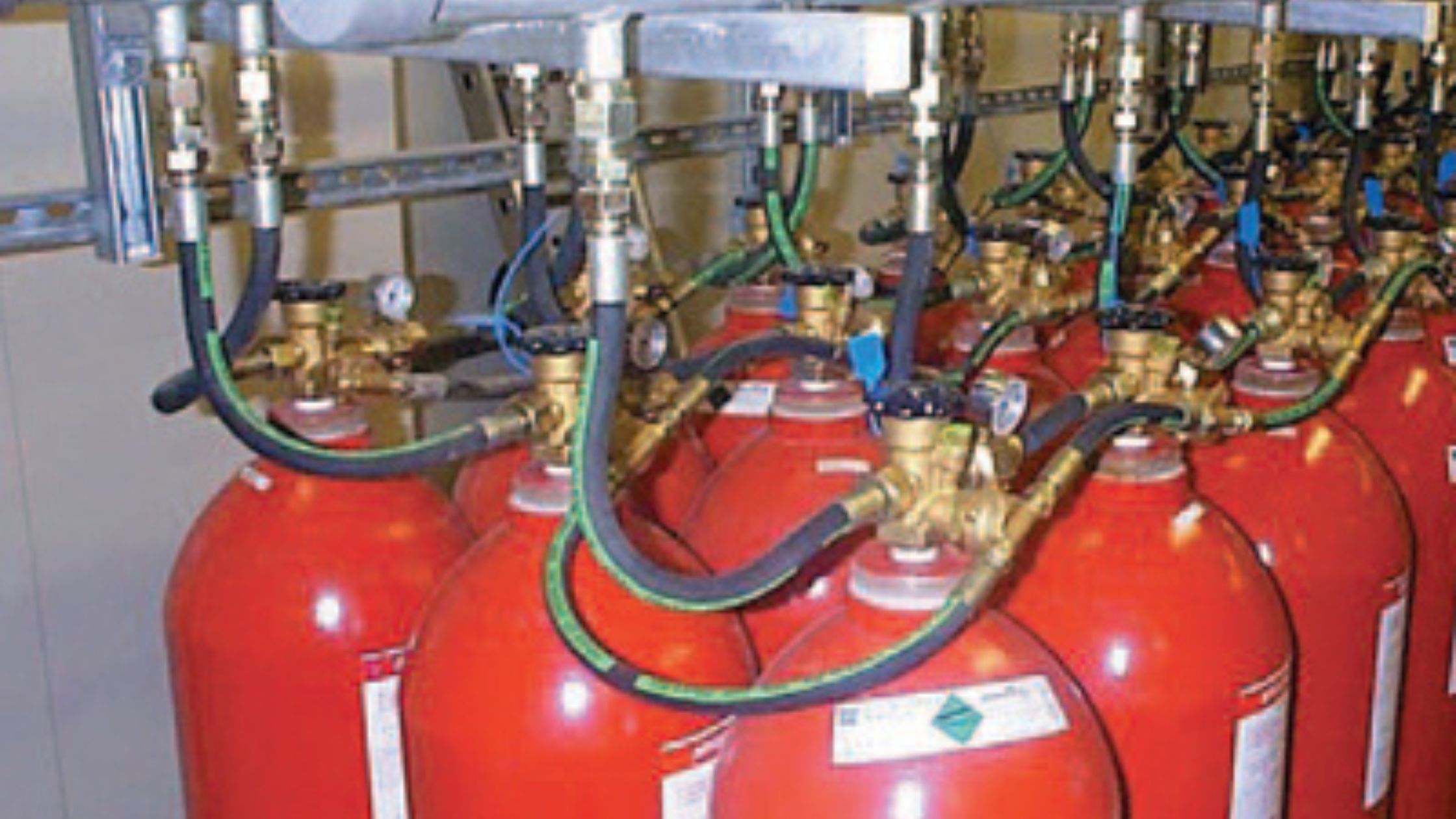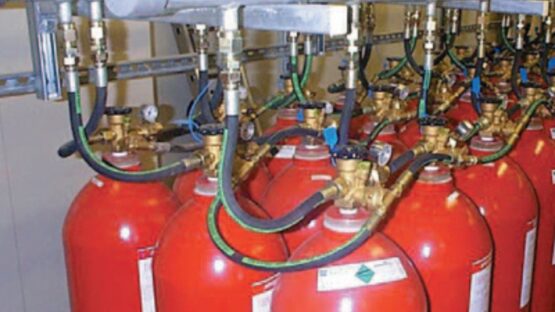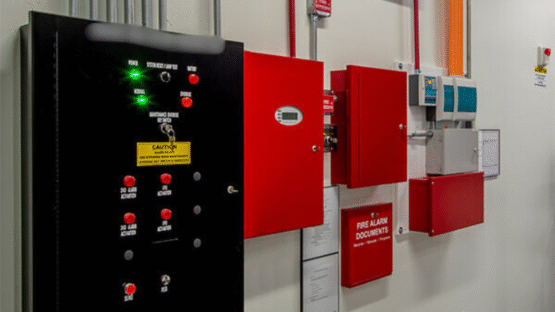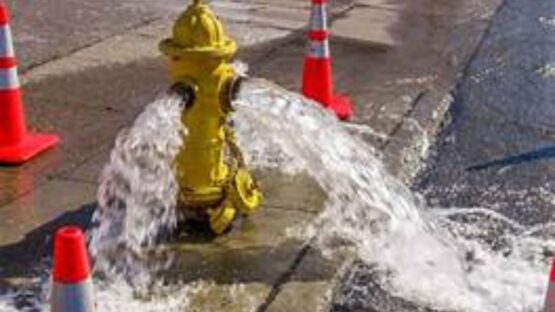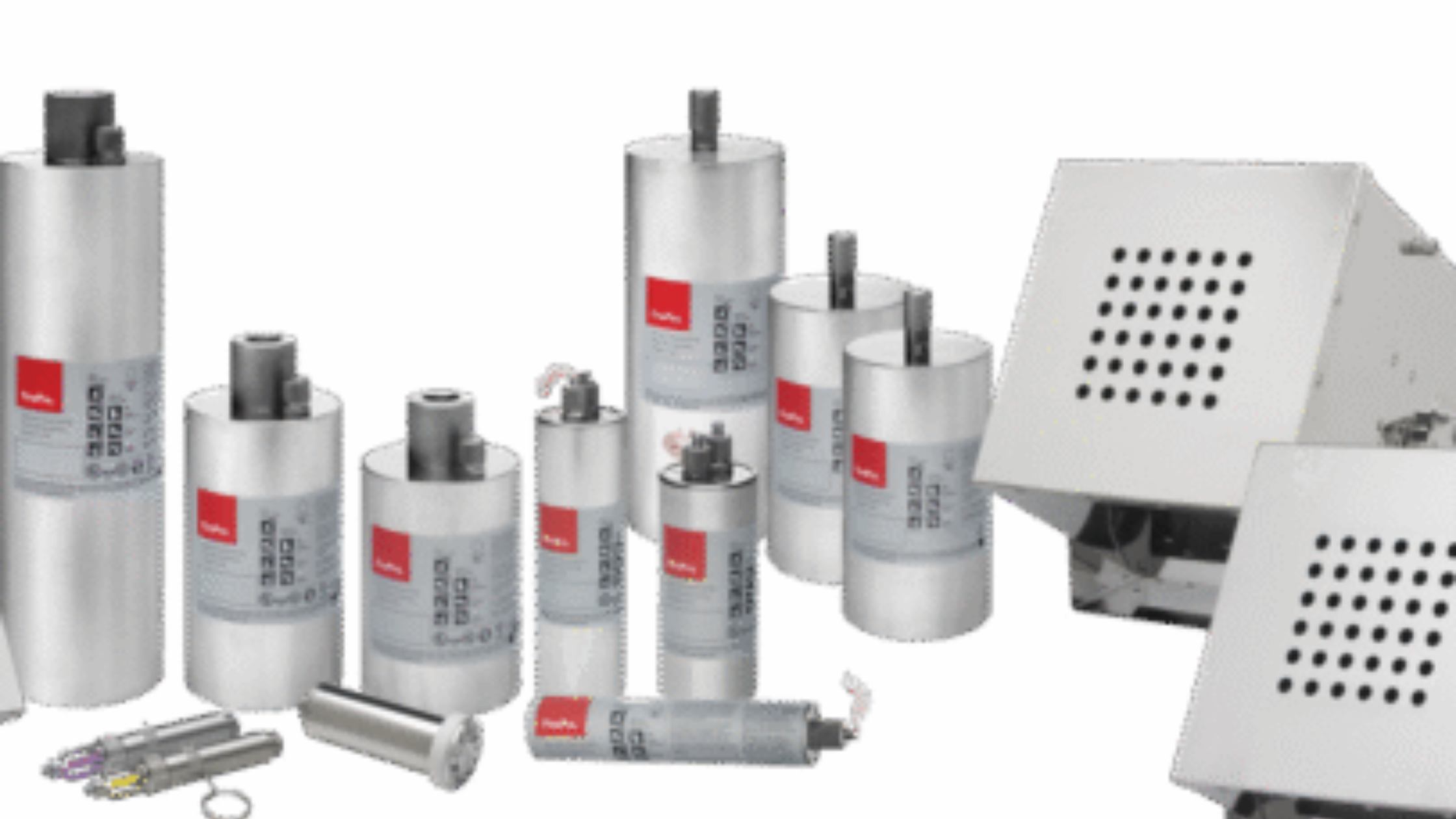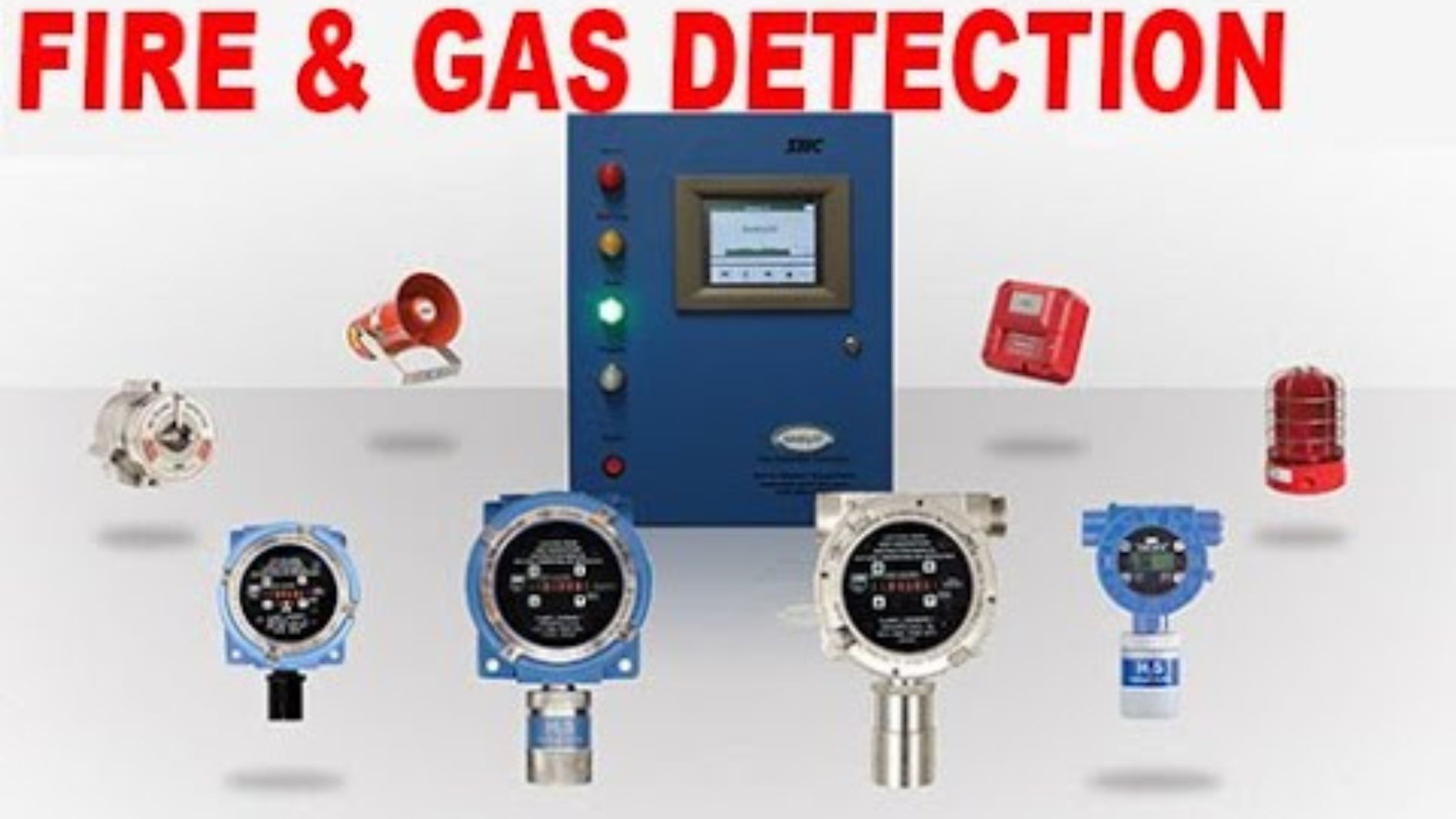Clean agent systems are advanced fire suppression solutions that use electrically non-conductive, residue-free gases that are safe for people and sensitive equipment. These systems are designed to quickly suppress fires without causing damage to critical assets, making them ideal for:
- Data centers
- Server rooms
- Electrical panels
- Archives and museums
- Medical facilities
Common Types of Clean Agents
| Agent | Chemical Name | Brand Names | Key Features |
|---|---|---|---|
| FM-200 | Heptafluoropropane (HFC-227ea) | FM-200 (Chemours) | Fast suppression, people-safe, leaves no residue, ozone-friendly |
| Novec 1230 | Dodecafluoro-2-methylpentan-3-one | Novec (3M) | Ultra-low GWP, eco-conscious, effective on Class A, B, and C fires |
| Inert Gases | Nitrogen, Argon, CO₂ mix | Inergen, Argonite | Natural gases, zero GWP/ODP, suppress by reducing oxygen to safe levels |
| CO₂ Systems | Carbon Dioxide | — | Effective for unoccupied areas, oxygen displacement method, not safe for people |
How It Works
- Detection: Smoke or heat detectors identify fire.
- Activation: The system automatically or manually releases the clean agent.
- Suppression: The agent interrupts the combustion process or removes heat.
- Post-Suppression: No residue means no cleanup—equipment remains protected.
Environmental & Safety Benefits
- Safe for electronics and critical systems
- Non-toxic for occupied areas (except CO₂)
- No residue or water damage
- Low or zero ozone depletion and global warming potential (Novec 1230, Inert Gases)
Key Components
- Control panel
- Storage cylinders
- Discharge nozzles
- Smoke/heat detectors
- Manual release stations


